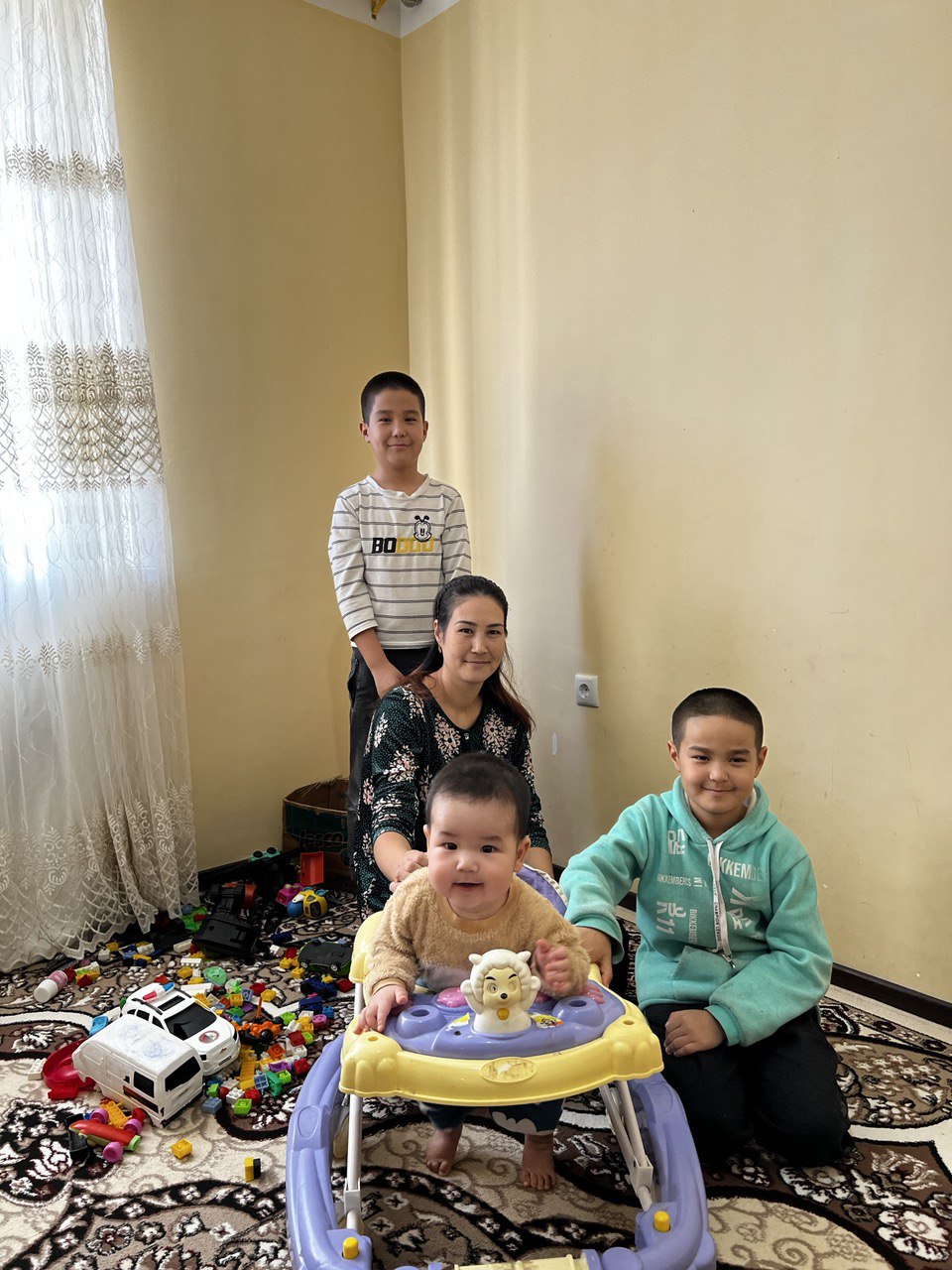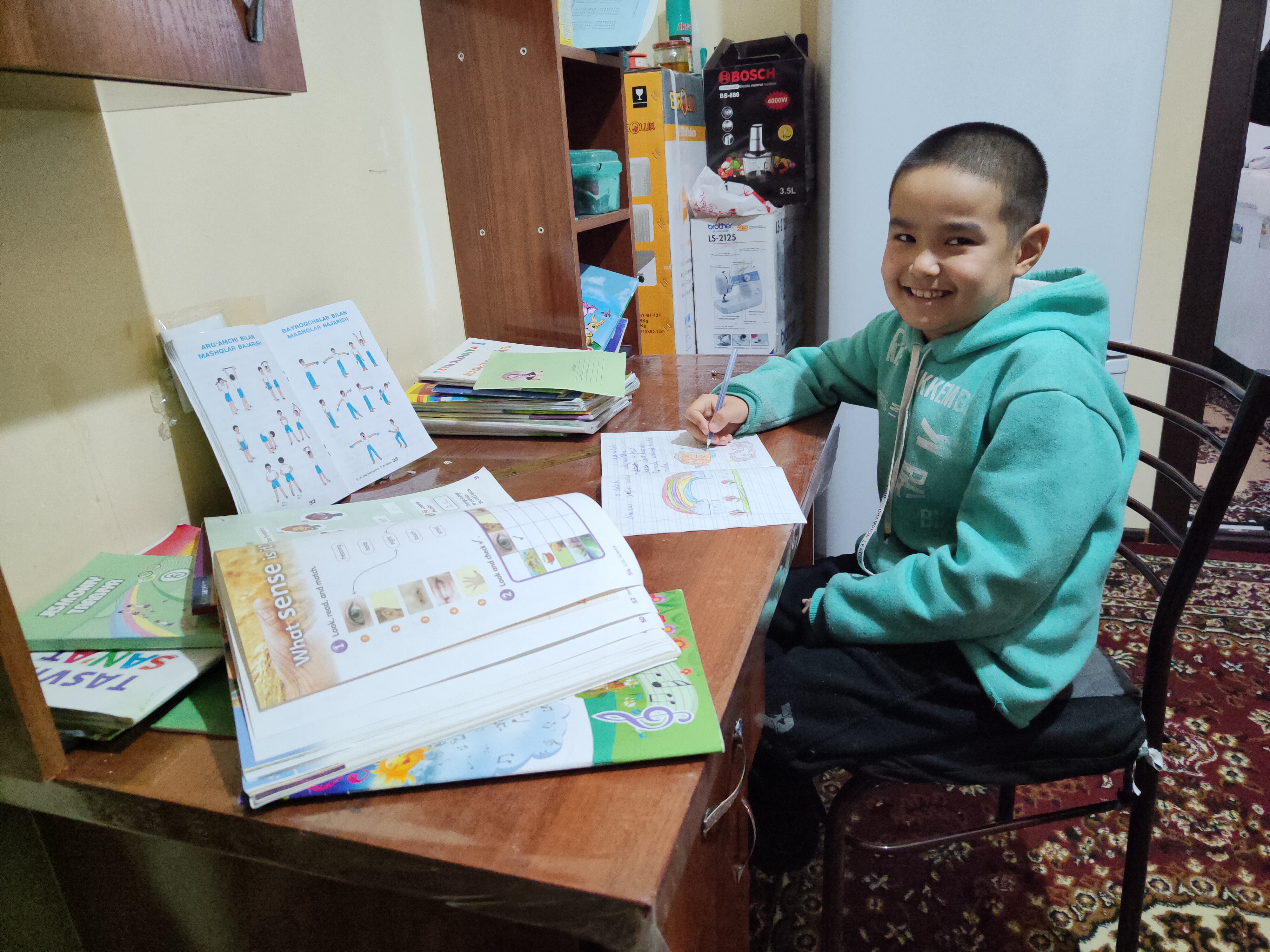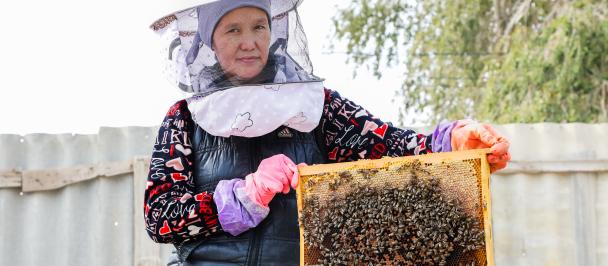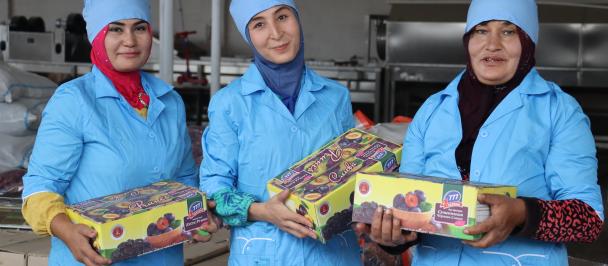Author: Bekzat Anarbekov
The story of Sharafat: Energy Efficiency and Renewable Energy can change lives
March 28, 2023

Energy is at the core of the climate problem but at the same time, it can be its key solution. For example, the significant amount of greenhouse gases that cover the Earth and trap the sun's heat come from energy production, when fossil fuels are burned to generate electricity and heat. Fossil fuels are the largest contributors to global climate change, accounting for over 75 per cent of global greenhouse gas emissions and nearly 90 per cent of all carbon dioxide emissions. Scientific studies have shown that to avoid the worst effects of climate change, emissions must be almost halved by 2030 and brought to zero by 2050. Otherwise, it may be too late to save our planet.
Our hero is Sharafat Upaeva, a mother of three and an entrepreneur who uses the electricity generated by solar panels in her daily life, in particular for lighting and household needs.

In 2021 Sharafat acquired an apartment under the state program on "Rural housing" on the basis of the mortgage programme in the Amudarya district of the Republic of Karakalpakstan.

“It was the first time I heard the phrase “Energy Efficient and Low Carbon houses” – says Sharafat.

“The second huge advantage of living in such apartment is being able to save family budget to about 30% - 40% in bills for electricity and natural gas,” says Sharafat. “I say there are three main changes that new house brought to my life: stable and secure energy, better quality of life and a feeling of living in harmony with the environment,” she adds.
When asked how the past two energy crises (blackout and abnormal winter cold) affected their lives in general, she told an interesting story: due to the installed energy-efficient and low-carbon technologies, these crises have not drastically impacted their lives. At the time of the energy crisis, many neighbours even came to ask why and how it’s possible that they have electricity when there is a cut-off, and why indoor temperature in the apartment is above 15 Celsius even without heating.

Another benefit of living in such energy efficient and low-carbon house is having additional time for self-development because she does not have to spend her time on additional house chores.
She wants to further develop her business and create more jobs for unemployed women. She is happy to be able to make her small contribution to the sustainable and economic development of the country.
“I say there are three main changes that new house brought to my life: stable and secure energy, better quality of life and a feeling of living in harmony with the environment”Sharafat Upaeva

 Locations
Locations


